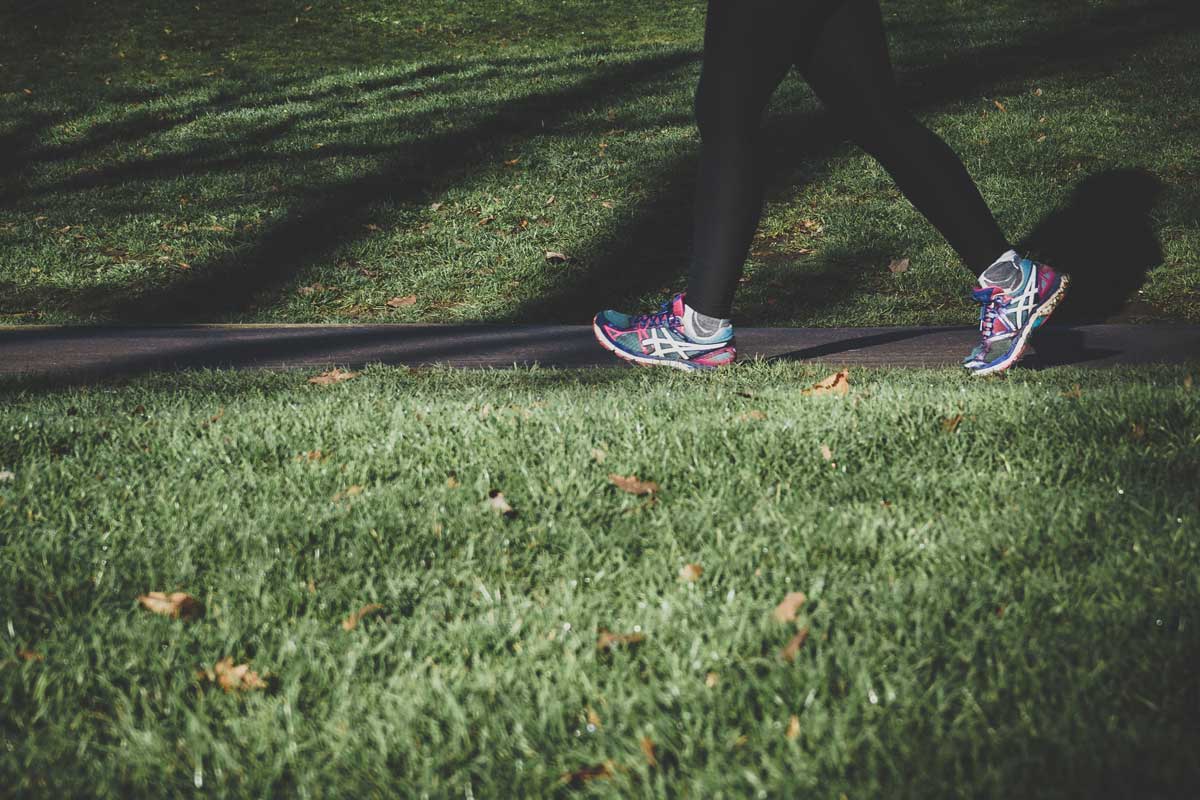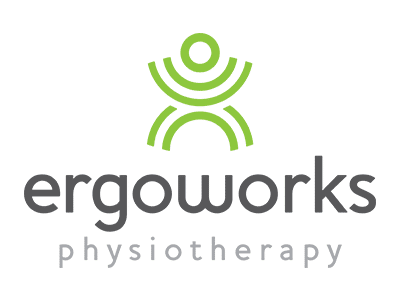Make exercise your lunchtime hero

Faced by today’s major health issues, while knowing an active lifestyle combined with better food choices greatly reduces your risk of long-term illness, it’s time to make Lunchtime Exercise the new champion of your weekly routine.
A stress-decreasing break from your desk during the middle of the day is a golden opportunity to restore mental health and spike those endorphins, ready for a super-productive afternoon.
A lunchtime workout offers the added bonus of enhancing your morning performance as well. There is evidence to suggest that even low-impact exercise aids memory retention, while sitting still after absorbing information is likely to decrease your memory recall.
Deskbound workers experience more health concerns
Roughly 86% of workers who took part in an American survey spent their entire day sitting, with 56% of them only rising for food, leaving many people exposed to compound health issues. The top 10 health complaints from a sedentary lifestyle include: cardiovascular problems, cancer, diabetes, weight gain, metabolic syndrome, mental health issues, musculoskeletal pain, muscle degeneration, osteoporosis and death.
In fact, some studies have shown that a sedentary lifestyle is linked to as many mortalities as smoking.
If this isn’t enough incentive to get active during your lunchbreak, how about knowing that a fresh burst of energy can help your workday become more pleasurable overall?
A lunchtime gym class not only raises alertness, your workout help improves mood by releasing the feel-good hormones that race around your body after an increase in heartrate. Breaking up your day with a vigorous workout can eradicate the post-lunch lull. Your afternoons seem to go faster because you’re likely to be more productive.
Wouldn’t you rather be churning through your tasks than watching the clock till home-time?
Regular breaks equal higher outputs
Ideally, workers should incorporate between 2 and 4 hours of either standing or being active throughout their 8-hour workdays. A sit-stand device can greatly impact employee efficiency as it lifts them out of the ‘chair rut’, which often results in sitting, slumping and stagnating as the hours pass.
Most people know about the circadian rhythms that control your 24-hour sleep-wake cycle, yet the ‘Father of Sleep’, Professor Nathanial Kleitman, also studied ultradian rhythms, which involve alternating periods of high-frequency brain activity followed by rest cycles. The peak-efficiency cycle is usually 90 minutes in length, so taking a 10-minute break every hour-and-a-half is essential to maintain momentum at work.
Factor in a person’s need to eat throughout the day and snack breaks filled with nutritious food hold the key to refuelling bodies and brains. By taking regular snack breaks, your lunch hour leaves you more room to move.
Walking at lunchtime has been proven to increase cognitive and psychological functions. Even a casual stroll outside can help boost a person’s frame of mind to handle stress better, while more rigorous exercise burns kilojoules and helps maintain muscle tone, which assists your ability to move, especially as you age.
Don’t ditch your breaks for deadlines. People who partake in a regular walk outdoors during their lunchbreaks have reported improved confidence, calmness and clarity, which are important factors for achieving fulfillment at work.
The positive effects of exercise outlast your lunchbreak
A gym workout or a run at lunchtime revitalises your brain and body with fresh oxygen. Something else to consider is that your commitment to just 30-minutes to one hour a day translates to long-term health. There are loads of subtle biological functions going on behind the scenes to help employees optimise their productivity.
When you train, an increase in serotonin helps you feel more alert and upbeat. Your glucose insulin and leptin (a hormone that helps regulate appetite and fat storage) receptors are more responsive, which helps to prevent chronic disease. Your brain is encouraged to work at optimal levels, which strengthens nerve cells and protects them from damage.
The improved posture you’ll gain from core-strengthening workouts, such as yoga and Pilates, means you’re less likely to slouch in your chair, which can lead to work-safety and ergonomic issues in future.
It’s too easy to tackle tech over training
You sit all day in an office, then you leave work and you’re immersed in the current culture’s tech craze. From TV and tablets to smartphones and video games for the young and not-so-young, there are so many opportunities to just ‘drop’n’sit’. Whether you’re working at your desk, kicking back on the couch after work, lounging on a beanbag or prone on the floor, you’re not moving for long periods of time, which is linked to several health complaints.
Studies show a correlation between a rise in blood pressure in schoolchildren, teenagers and adults who experience long periods of inactivity, while diabetes is the big risk from a lethargic lifestyle.
You get out what you put into your workday, which means that by sacrificing your lunchbreaks you’re more likely to experience reduced productivity, depression and an increase in job dissatisfaction.
Be brave and stand up for your health
Don’t let the pressure of ‘guilt’ glue you to your desk. In certain offices, employees may have noticed an alarming trend for coworkers to guilt-shame their peers for taking a healthy dose of desk-breaks. Be strong and ignore those snide, disapproving comments, safe in the knowledge your higher performance proves that your efficiency is not compromised by your lunchtime fitness routine.
Take time out to put more time in
The benefits of committing to daily training have been loudly shared on enough social and mainstream media platforms for you to get the picture. So, start investing in exercise to achieve your work goals, while maintaining a happy equilibrium for your overall health.


